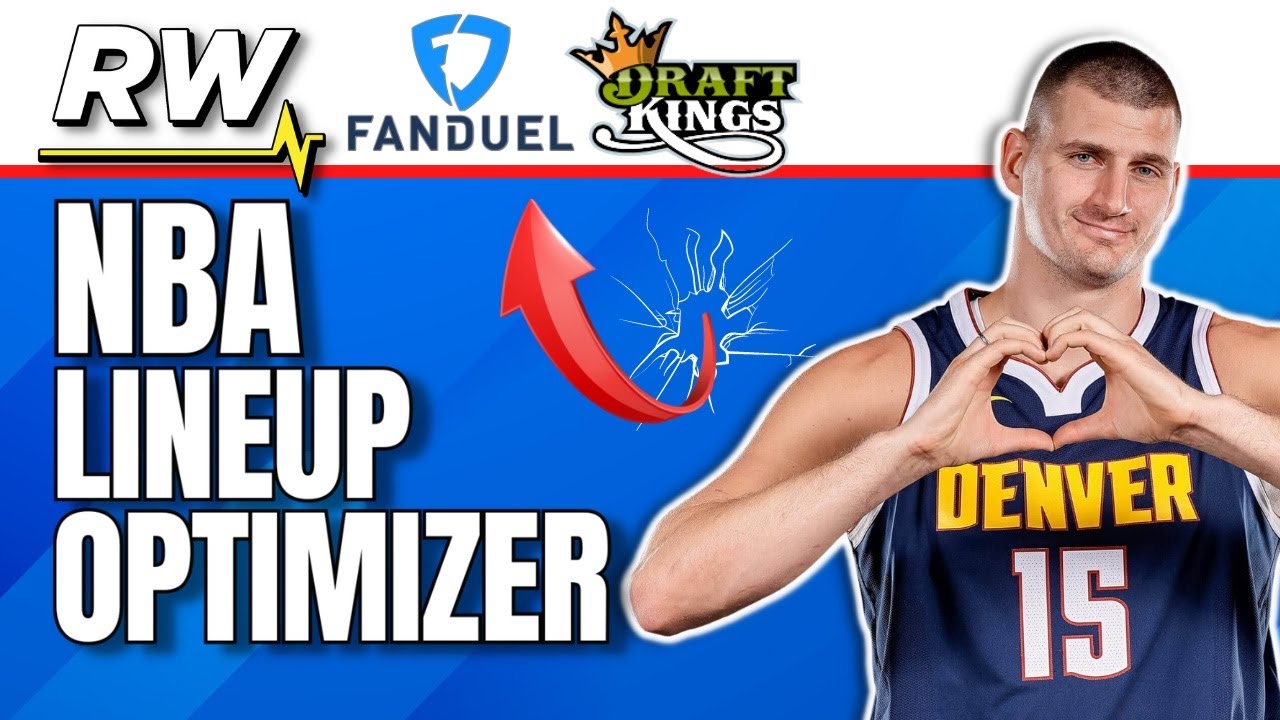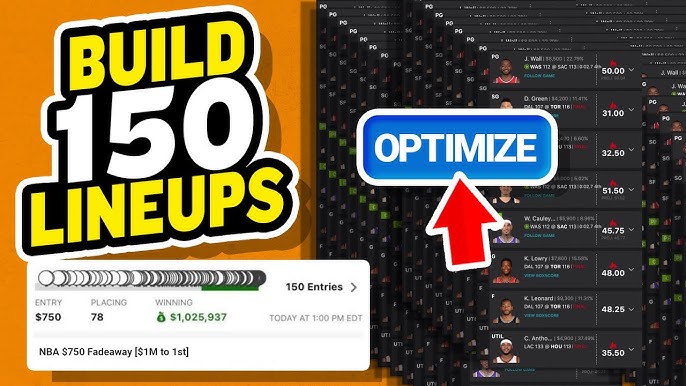Alright folks, grab a seat. Today I’m walking you through this whole “NBA Optimizer” thing because, honestly, it sounded like rocket science to me at first. Wanted to figure it out myself, so I rolled up my sleeves and dug in.

Starting in the Dark
So I hear people talkin’ about using optimizers for fantasy basketball or betting. They’re throwin’ around words like “projections” and “lineups”. Sounded fancy, but I had no clue how it actually worked. Felt like everyone else was in on a secret. Decided enough was enough – time to get my hands dirty and build a super basic understanding, just for me.
Playing Detective with Stats
First thing I did? I went hunting for player stats. Simple stuff anyone can find online. Grabbed points, rebounds, assists, those kinds of numbers from a bunch of recent games. Didn’t need anything super complicated or secret – just the basics anyone sees in a box score. Wrote ‘em all down in a big ol’ list.
The “What If” Game
Then came the head-scratcher. I pretended I was a coach trying to pick my starting five. Had to stay under an imaginary salary cap, like in fantasy games where you can’t just pick all the superstars. Kept asking myself: “If I pick Player A and Player B, does that leave enough money for a decent Player C?” Started scribbling possible teams on paper. It got messy. Real messy.
Getting the Computer to Grunt Work
Okay, so my paper team ideas were falling apart. Time to make the machine sweat a little. I opened up a simple spreadsheet program. Made a big table: one column for player names, another for their price (my made-up salaries based on how good I thought they were), then columns for points, rebounds, the stats I grabbed earlier.
This is where it got kinda tedious. I told the spreadsheet: “Look at all my possible player combos.” Basically, I set up a rule for the computer to follow:

- The total price of my five players can’t go over my fake salary cap.
- Which combo of five players gives me the highest total points?
Then I hit “go” and… it took ages. Just sat there watching it think, like watching paint dry. It had to check tons of different player combinations, one by one.
The Lightbulb Moment (It’s Basically Counting & Sorting)
Finally, it spit out a list! It showed me the top few team combinations that gave the highest points without breaking my fake bank. That’s when it clicked for me.
- Data In: You feed it names, prices, how many points they usually get.
- Rules Set: You tell it the rules – max salary, how many players needed.
- The Grind: It crunches numbers super fast, testing millions of possible teams (way more than I could on paper!).
- Filter & Sort: It throws out the teams that break the rules, then ranks the rest by total points.
- Results Out: Bam! You get back the “best” teams based purely on the stats and rules you gave it.
That’s seriously the core, stripped naked. No magic, just a lot of “what-ifs” done incredibly fast and then sorted from best to worst based on my rules. Real optimizers are smarter and faster, with way more stats, but the basic logic? Brutal number counting and sorting. Felt pretty good to peel back the hype and see the simple gears turning.
